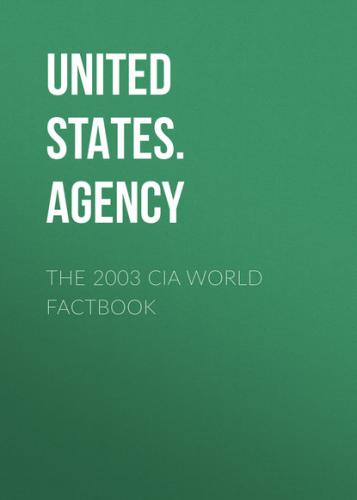Debt - external:
$108 million (includes West Bank) (1997 est.)
Economic aid - recipient:
$800 million (includes West Bank) (2001 est.)
Currency:
new Israeli shekel (ILS)
Currency code:
ILS
Exchange rates:
new Israeli shekels per US dollar - 4.7378 (2002), 4.2057 (2001),
4.0773 (2000), 4.1397 (1999), 3.8001 (1998), 3.4494 (1997)
Fiscal year:
calendar year
Communications Gaza Strip
Telephones - main lines in use:
95,729 (total for Gaza Strip and West Bank) (1997)
Telephones - mobile cellular:
NA
Telephone system:
general assessment: NA
domestic: rudimentary telephone services provided by an open-wire
system
international: NA
Radio broadcast stations:
AM 0, FM 0, shortwave 0 (1998)
Radios:
NA; note - most Palestinian households have radios (1999)
Television broadcast stations:
2 (operated by the Palestinian Broadcasting Corporation) (1997)
Televisions:
NA; note - most Palestinian households have televisions (1997)
Internet Service Providers (ISPs):
3 (1999)
Internet users:
60,000 (includes West Bank) (2001)
Transportation Gaza Strip
Railways:
total: NA km; note - one line, abandoned and in disrepair, little
trackage remains (2001 est.)
Highways: total: NA km paved: NA km unpaved: NA km note: small, poorly developed road network
Waterways:
none
Ports and harbors:
Gaza
Airports:
2 (2001)
note: includes Gaza International Airport (GIA), inaugurated on 24
November 1998 as part of agreements stipulated in the September 1995
Oslo II Accord and the 23 October 1998 Wye River Memorandum; GIA has
been largely closed since October 2000 by Israeli orders and its
runway was destroyed by the Israeli Defense Forces in December 2001
(2002)
Airports - with paved runways:
total: 1
over 3,047 m: 1 (2002)
Airports - with unpaved runways:
total: 1
under 914 m: 1 (2002)
Military Gaza Strip
Military branches:
in accordance with the peace agreement, the Palestinian Authority
is not permitted conventional military forces; there are, however, a
Public Security Force and a civil Police Force
Military expenditures - dollar figure:
$NA
Military expenditures - percent of GDP:
NA%
Transnational Issues Gaza Strip
Disputes - international:
West Bank and Gaza Strip are Israeli-occupied with current status
subject to the Israeli-Palestinian Interim Agreement - permanent
status to be determined through further negotiation
This page was last updated on 18 December, 2003
======================================================================
@Georgia
Introduction Georgia
Background:
Georgia was absorbed into the Russian Empire in the 19th century.
Independent for three years (1918–1921) following the Russian
revolution, it was forcibly incorporated into the USSR until the
Soviet Union dissolved in 1991. Ethnic separation in Abkhazia and
South Ossetia, poor governance, and Russian military bases deny the
government effective control over the entirety of the state's
internationally recognized territory. Despite myriad problems, some
progress on market reforms and democratization has been made. An
attempt by the government to manipulate legislative elections in
November 2003 touched off widespread protests that led to the
resignation of President Eduard SHEVARDNADZE.
Geography Georgia
Location:
Southwestern Asia, bordering the Black Sea, between Turkey and
Russia
Geographic coordinates:
42 00 N, 43 30 E
Map references:
Asia
Area:
total: 69,700 sq km
water: 0 sq km
land: 69,700 sq km
Area - comparative:
slightly smaller than South Carolina
Land boundaries:
total: 1,461 km
border countries: Armenia 164 km, Azerbaijan 322 km, Russia 723 km,
Turkey 252 km
Coastline:
310 km
Maritime claims:
NA
Climate:
warm and pleasant; Mediterranean-like on Black Sea coast
Terrain:
largely mountainous with Great Caucasus Mountains in the north and
Lesser Caucasus Mountains in the south; Kolkhet'is Dablobi (Kolkhida
Lowland) opens to the Black Sea in the west; Mtkvari River Basin in
the east; good soils in river valley flood plains, foothills of
Kolkhida Lowland
Elevation extremes:
lowest point: Black Sea 0 m
highest point: Mt'a Shkhara 5,201 m
Natural resources:
forests, hydropower, manganese deposits, iron ore, copper, minor
coal and oil deposits; coastal climate and soils allow for important
tea and citrus growth
Land use:
arable land: 11.21%
